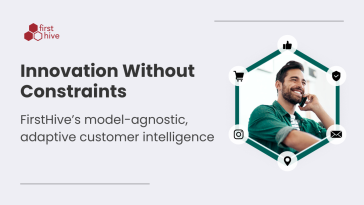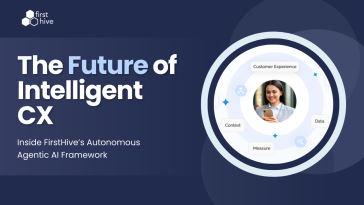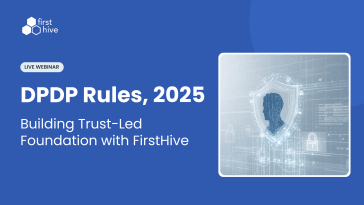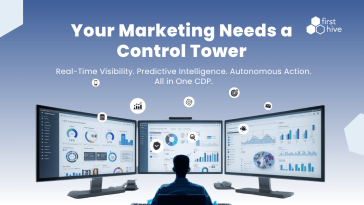In today’s digital landscape, data has become the lifeblood of successful marketing campaigns. As traditional methods like cookies and IDFAs decline in effectiveness, marketers are turning to first party data to gain valuable insights into their customers and create personalized experiences. In this blog post, we’ll explore what first party data is, why it’s more important than ever, and how you can leverage it to optimize your advertising strategies.
What is First Party Data?
First party data refers to the information collected directly from your own audience or customers. It includes data that is willingly shared by users through interactions with your website, mobile apps, or other touchpoints. This data is highly valuable as it provides a deeper understanding of your customers’ preferences, behaviors, and interests.
With first party data, you have complete ownership and control over the information, allowing you to build accurate customer profiles and deliver targeted marketing campaigns.
Why First Party Data is More Important Than Ever
As privacy regulations tighten and third-party cookies become less reliable, first party data has emerged as a crucial asset for advertisers. Here’s why:
- Accuracy and Trustworthiness: First party data is directly collected from your own audience, ensuring its accuracy and trustworthiness. It eliminates the reliance on third-party sources that may be less reliable or outdated.
- Compliance with Privacy Regulations: By collecting first party data with user consent and following privacy regulations, you can ensure that your advertising strategies are compliant and respectful of user privacy.
- Personalization and Relevance: With first party data, you can create highly personalized and relevant experiences for your customers. By understanding their preferences and behaviors, you can deliver tailored messages that resonate with them.
Uses Cases for First Party Data in Advertising
First party data can be utilized in various ways to enhance your advertising strategies:
- Segmentation and Targeting: By segmenting your audience based on their characteristics and behaviors, you can target specific groups with personalized messages, increasing the effectiveness of your campaigns.
- Customer Retention: First party data allows you to identify your most valuable customers and create retention strategies to keep them engaged and loyal to your brand.
- Cross- and Upselling: With insights from first party data, you can identify opportunities for cross-selling or upselling to existing customers, maximizing your revenue potential.
- Optimizing Ad and Email Marketing Campaigns: By analyzing first party data, you can gain insights into which ads or emails perform best with different segments of your audience, allowing you to optimize your campaigns for better results.
- Product and Service Optimization: First party data provides valuable feedback on your products or services, helping you identify areas for improvement and innovation.
- Improved User Experience: By personalizing the user experience based on first party data, you can create seamless and enjoyable interactions that leave a lasting impression on your customers.
- Increase User Acquisition: By understanding the characteristics and preferences of your existing customers, you can identify similar audiences and target them for new customer acquisition.
- A/B Testing: First party data allows you to conduct A/B testing to compare the performance of different marketing strategies or creatives, enabling data-driven decision-making.
Moving to Cookieless Marketing
As the digital advertising landscape evolves, marketers are facing the challenge of transitioning to cookieless marketing. With the decline of third-party cookies, first party data becomes even more essential in understanding customer behaviors and delivering personalized experiences. Here are some strategies to navigate the cookieless future:
- Data Standardization: Establish a data standardization strategy to ensure consistency and compatibility across different platforms and touchpoints.
- Implement a Customer Data Platform (CDP): A CDP can help you manage and unify your first party data, providing a centralized view of your customers and enabling seamless data activation.
- Privacy and Transparency: Prioritize user privacy and transparency in your data collection and usage practices. Obtain proper consent and clearly communicate how the data will be used.
Conclusion
First party data is a powerful tool for advertisers in today’s evolving digital landscape. By harnessing the insights it provides, marketers can create personalized experiences, optimize their advertising strategies, and build lasting relationships with their customers. As privacy regulations evolve and cookies become less reliable, first party data will continue to be a key asset for successful advertising campaigns.








